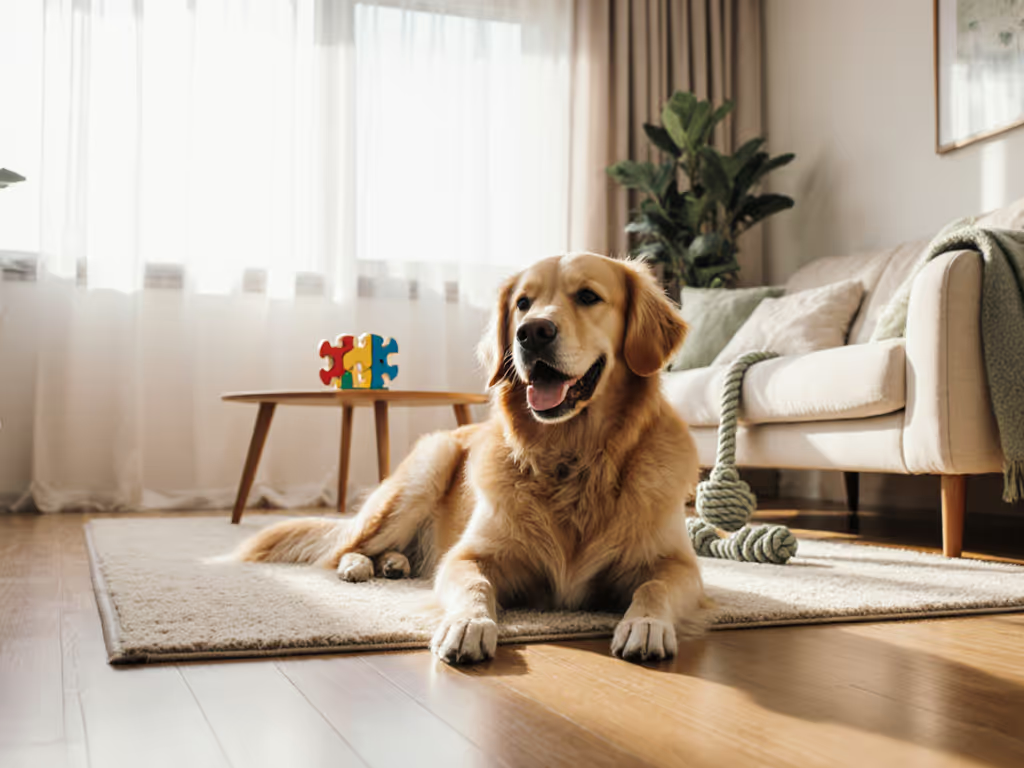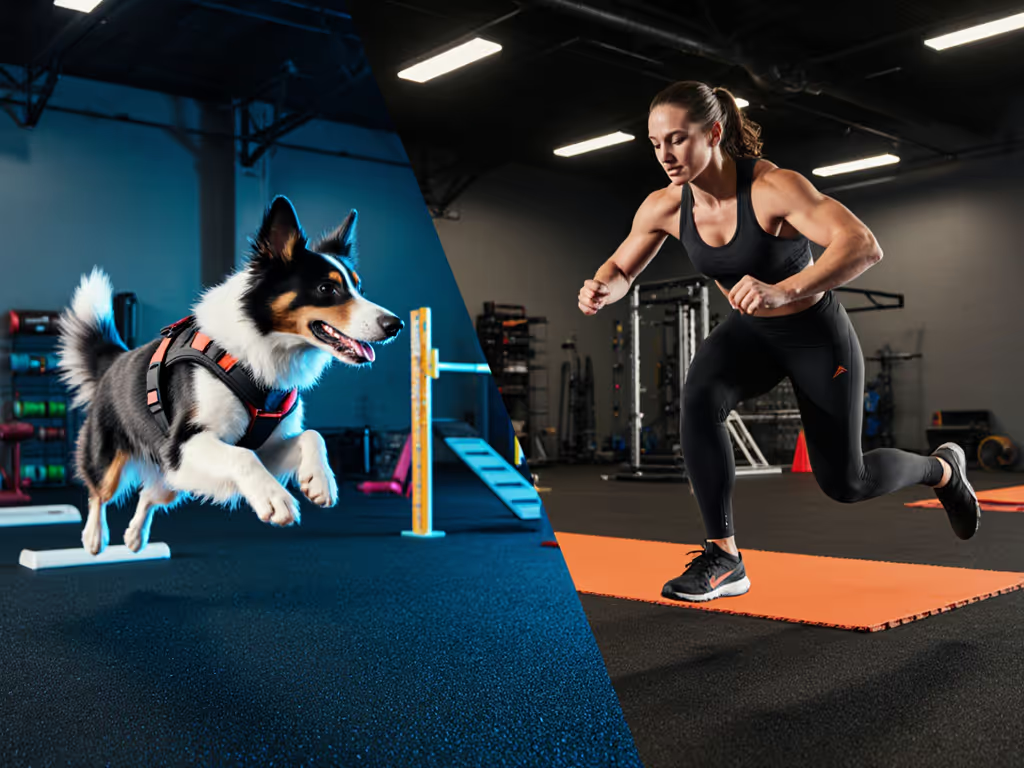
Breed-Specific Dog Exercise Needs: Joint-Safe Plans
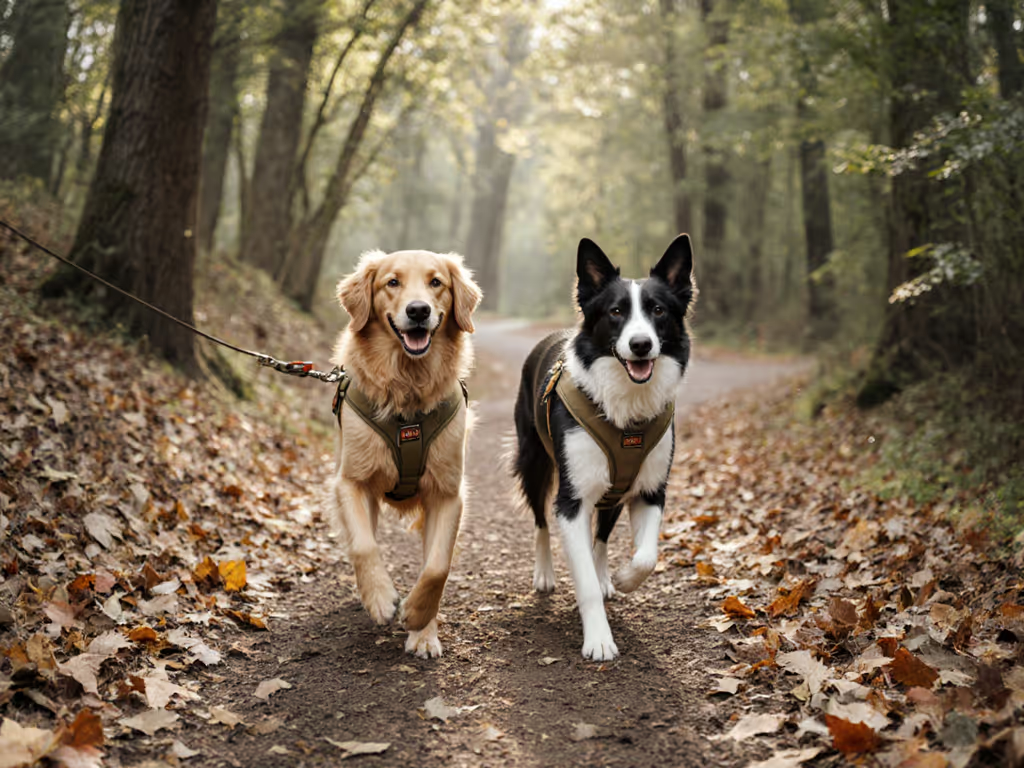
As someone who measures paw placement and logs two-minute wins, I've seen how thoughtful breed-specific dog exercise planning prevents re-injury while building confidence. Your dog-by-breed equipment choices matter more than many realize. They are not just about energy burning, but joint preservation. Let me help you create movement plans that honor your dog's biology while respecting your real-world constraints.
Protect the joints today to unlock fuller movement tomorrow.
How Do Breed Groups Dictate Safe Exercise Requirements?
Every breed carries historical movement patterns that influence their joint mechanics. When I swapped fetch for ground poles with my first foster (a soft-tissue strain case), I wasn't just modifying exercise. I was recalibrating her entire biomechanical pathway. Sporting breeds like Labs and Goldens need 90+ minutes of activity daily, but pounding pavement won't serve their shoulder joints long-term. Instead, try:
- Water work: Swimming or beach walks reduce joint load by 80%
- Surface notes: Opt for packed dirt over concrete for running sessions
- Progression ladder: Start with 10-minute sessions, adding 2 minutes weekly
Herding dog exercise requires particular caution. Border Collies need 2+ hours of mental/physical work, but their famous "fly" position strains knees. Build in mandatory cooldowns with slow sniff walks on forgiving surfaces. For reactive herders, use a Starmark clicker to condition calm focus before introducing movement.
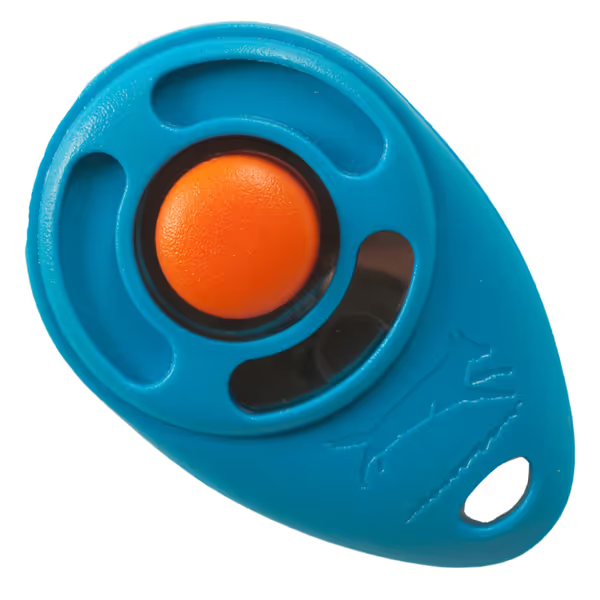
Starmark Pro-Training Clicker for Dogs
What Joint-Safe Modifications Work for Small Dogs?
Small dog exercise needs are often misunderstood. Dachshunds require 50-60 minutes daily, but their long spines can't handle extended pavement walks. I use these age/weight modifiers:
- Puppies: 5 minutes per month of age on grass only
- Adults: Three 15-minute sessions with varied terrain (low ramps, turf patches)
- Seniors: Focus on balance work: 30-second holds on foam pads
Surface choice becomes critical for compact breeds. Those "sausage dog" vertebrae need consistent underfoot support. Try indoor obstacle courses on interlocking foam tiles, add texture variations (towels, mats) to build proprioception without joint stress.
Which Equipment Choices Align with Breed Biomechanics?
High energy dog equipment should match not just enthusiasm but skeletal structure. Siberian Huskies need sustained pulling work, but standard harnesses can restrict shoulder rotation. Look for:
- Fit checks: Three-finger space under all straps
- Material notes: Avoid nylon near pressure points for sensitive breeds
- Progression ladders: Start with 10% body weight resistance
For sporting breed equipment, prioritize shock absorption. Standard fetch balls force abrupt stops that jar joints. Try weighted discs that encourage smooth deceleration, or a weatherproof treadmill for controlled pacing during heatwaves. When your Husky or Lab needs movement but wildfire smoke keeps you indoors, a self-propelled treadmill becomes a joint-saving necessity, not a luxury.
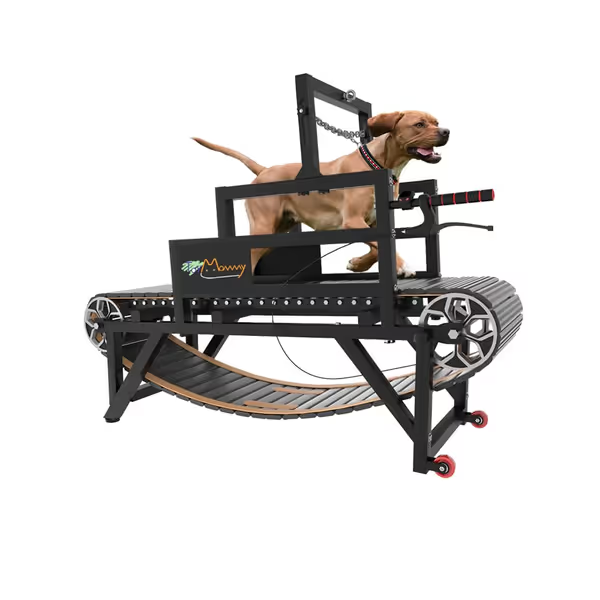
Dog Treadmill with Disc Brake & Slatmill
How Can I Build Weather-Proof Routines Without Risking Injury?
Extreme temperatures create dangerous shortcuts. Paving hurries too many owners into forced marches on blistering asphalt or icy paths. Here's my caution-first approach:
- Hot weather: Dawn/dusk walks only with paw temperature checks
- Cold weather: Booties with non-slip soles (avoid "ice grip" nails)
- Rainy days: Indoor scent games with hide-and-seek on textured surfaces
My Belgrade clients swear by "maple leaf collection" games: taping fallen leaves to walls at varying heights. It builds neck flexibility for brachycephalic breeds while keeping paws dry. Track progress by noting reduced slipping incidents, not just session duration.
What's the Safest Way to Progress Exercise Intensity?
Many injuries happen during "I'm finally feeling consistent" phases. For step-by-step precautions, see our dog exercise safety guide. Your progression ladder should include these non-negotiables:
- Surface logs: Note which terrains cause post-activity stiffness
- Turn radius checks: Wider arcs reduce cruciate strain
- Rewind protocols: Drop to 50% intensity after stagnant periods
For senior Bernese Mountain Dogs (prone to overheating), I prescribe 20-minute pool sessions with 3-minute cool-down floats. With adolescent German Shepherds (vulnerable to growth plate issues), I start with 5-minute harness-drag games on grass before any formal walks. Always pair activity with 5 minutes of stationary balance work. Those "boring" moments build joint resilience faster than explosive play.
What Immediate Step Will Give Me the Most Joint-Saving Impact?
Before your next walk, perform this 60-second gear check:
- Paw test: Place your bare hand where your dog will walk for 10 seconds: too hot/cold?
- Harness check: Ensure no pressure on trachea or shoulders
- Plan B: Identify one sheltered spot along your route for unexpected weather
Then buy once, use often: invest in adaptable gear that grows with your dog's changing needs. That weatherproof treadmill isn't indulgence; it's an insurance policy against rainy-day destructive behaviors and winter weight gain.
Your next move? Measure current paw placement on three surfaces tomorrow morning. Note uneven weight distribution. That is your starting point for building truly breed-specific, joint-safe movement. The path to confident movement begins not with miles logged, but with mindful steps taken.
Related Articles

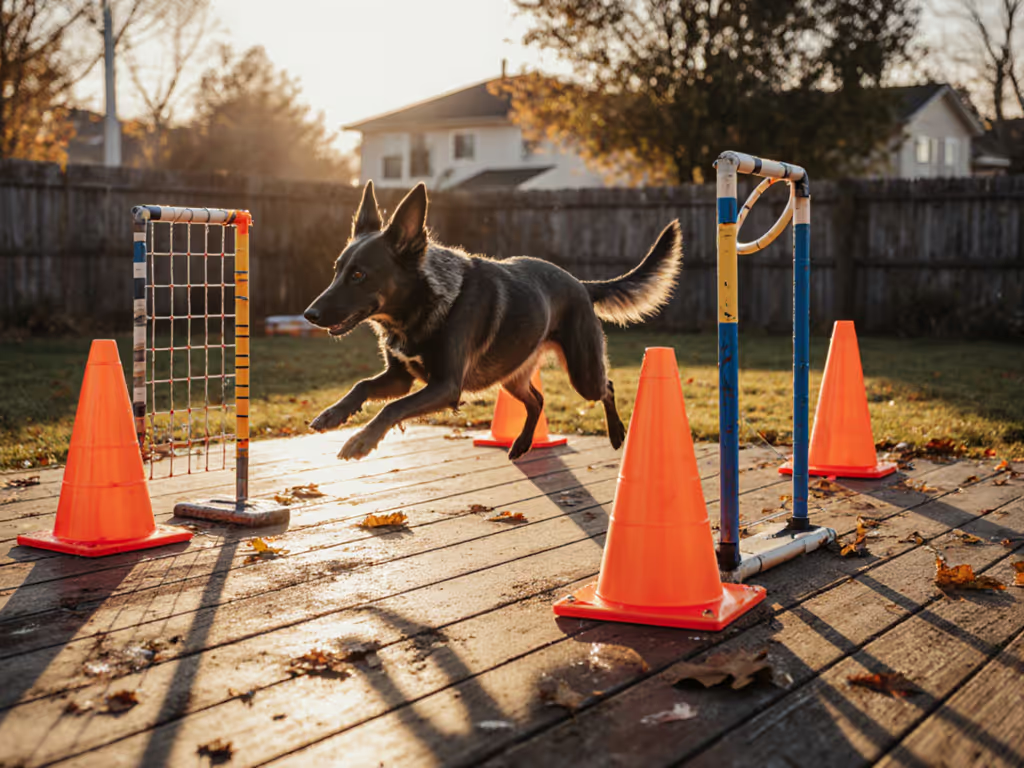
High-End Dog Exercise Gear: Long-Term Value Tested
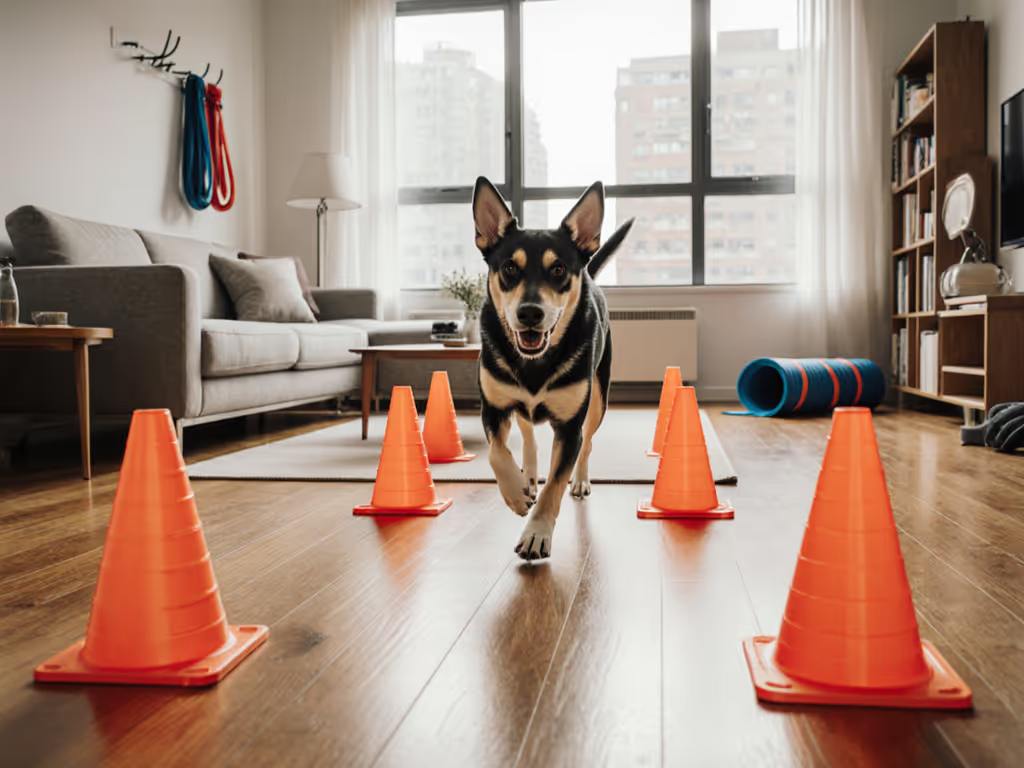
Space-Smart Indoor Dog Exercise Routine
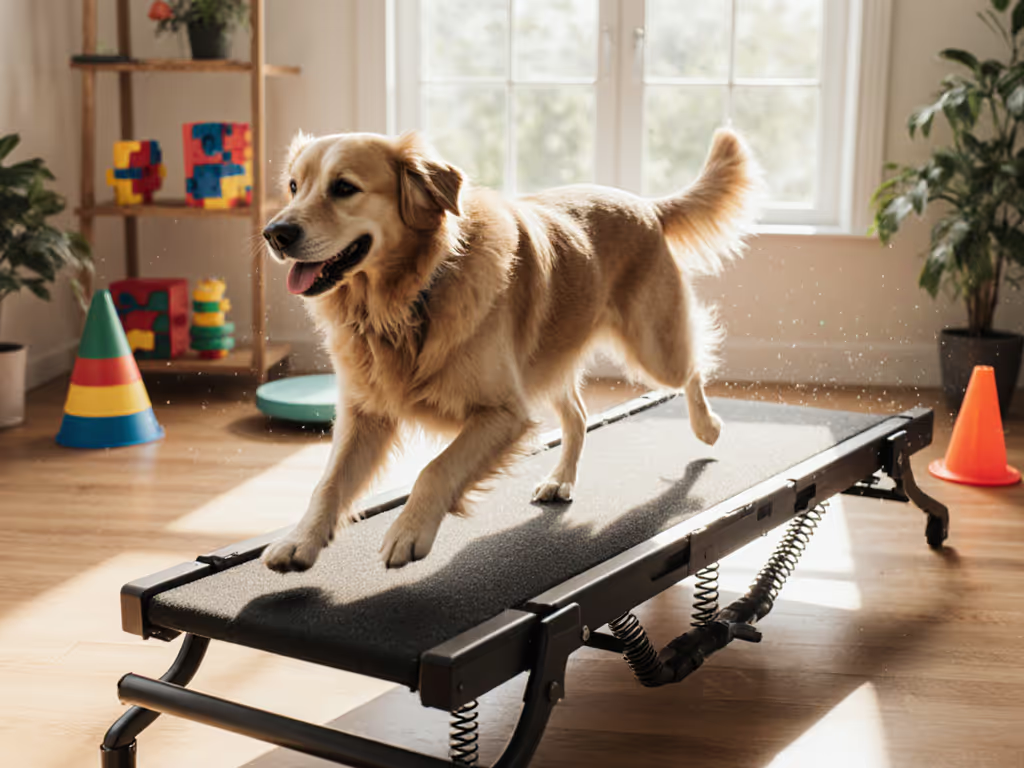
Indoor Dog Exercise Equipment: Joint-Safe Guide
